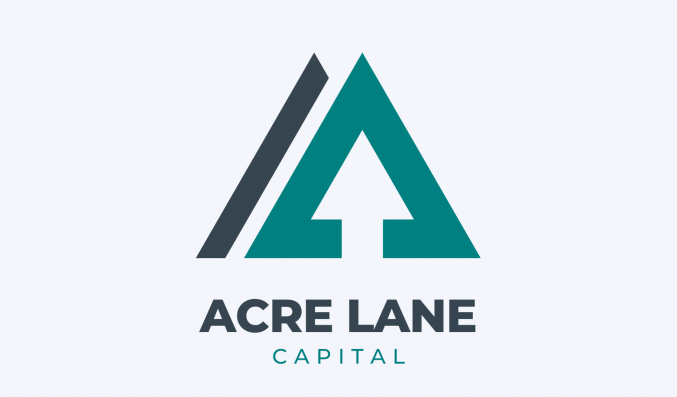A Guide to Bridging Finance for Property Development & Construction
By Helen Jackson

If you’re looking to apply for a bridging loan for property development or construction projects, you might have a few questions about the process and what the finance can be used for. In this post, we’re discussing the pros and cons of bridging finance for property development, how it works and more.
We’ve got an entire resource section dedicated to helpful bridging loan guides, like this one; explore the guide section here to find out more.
Can bridging loans be used for property development?
Yes, they can be used this way. In fact, it’s one of the most common reasons why a property developer would apply for a bridging loan. Lenders would make their money back from either the sale of the house post-renovation or from a remortgaging agreement.
How do construction and development loans work?
A construction and development loan differs slightly from traditional forms of financing due to its short-term nature. These types of loans are usually only for a period of up to one year. If you’re a property developer wanting to use the loan on a construction project, the lender might send the loan to your contractor rather than to you.
And again, unlike a traditional bank loan, a construction and development loan might not be repaid to the lender in monthly instalments. Instead, it could be repaid when construction project milestones are reached.
What are the pros and/or cons of using a bridging loan for property builds?
Just like any form of finance, bridging loans come with their pros and cons for property builds. Before you sign on the dotted line, you should take the advantages and disadvantages into account. Here are a few things to consider:
Pros of a bridging loan for property development
- Bridging loans can be quick to arrange
- No ongoing fees or monthly loan repayment instalments — the entire loan amount is repaid at the end of your house sale
- A bridging loan can sit behind other forms of finance i.e. it can be arranged as a second or third charge
- Usually, there are no exit fees to pay
Cons of a bridging loan for property development
- The interest rates are much higher than a traditional loan product
- You’ll need equity and/or collateral to secure bridging finance
- Bridging finance is complex and requires specialist advice
- Bridging finance for commercial reasons is currently unregulated
Extra tip: Interest isn’t charged as an APR. As it’s a short-term finance option, the lender will apply interest on a monthly basis — this means the longer you take to pay the loan back, the more interest you’ll pay. So if the development project drags on, your interest fees pile up.
Find out how much interest you could repay with our bridging loan calculator.
What documents or finances do I need to qualify for such a loan?
Lenders will usually run a credit check, expect a deposit of at least 25%, and probably want to see your exit strategy (i.e. how you plan to repay the loan). You’ll also need to fill in a decision in principle form, and although you won’t need any documentation for this initial stage, it’s good to have all the documents required for later on in the process, ready to go. If you don’t have all the documents needed, this can slow down the application process.
Suggested reading: Bridging loan paperwork, documents, forms and contracts – everything you need to know.
Can the terms or likelihood for loan approval change depending on the construction type?
For self-build property
Bridging loans are a viable option for borrowers who might need to restore the property they’ve just purchased, for example, if it’s classed ‘unmortgageable’. They might choose to go down the bridging finance route rather than a self-build mortgage. If you’re a first-time borrower, you might need to prove to the lender that you have a suitable exit strategy, should the restoration experience delays etc. As bridging loans are usually required to be repaid within just 12 months.
For one-off property development
For a residential bridging loan, lenders might require a bigger deposit than you would expect on a mortgage application, somewhere in the region of 25%, which is an LTV (loan to value) of 75%. Criteria will vary by lender; that’s why it’s essential to look around to find the best deals.
For large projects (more than one property)
If you’re undertaking a large development project, some specialist bridging finance lenders can lend borrowers up to £25 million, and your loan doesn’t have to be secured against just one asset; you can choose to secure the finance with multiple assets. If you haven’t got the assets to secure a loan value this high, speak with a specialist bridging finance company to learn more about your options.
For garden and external development
Bridging loans are usually used to complete the purchase of a property quickly, without requiring a mortgage. Or to fund development work on a property where the proceeds of the higher sale price or a remortgaging agreement pay off the loan in full. The garden is an extension of the property, so there is no reason you can’t use your bridging loan to develop the garden or other external development projects. As long as you can clearly show your exit strategy to the lender, you can use the loan as you see fit.
For business-related properties or construction firms
As bridging loans can be quick to obtain, they can come in handy if you’re halfway through a construction project and you run out of money. As your project progresses, the lender will expect repayment in instalments that closely match your milestones. So if projects change scope, go over budget, or if you’re funding multiple projects, bridging finance can be a great funding option.
The standard term for a bridging loan is 12 months, so if you think your project will tip over this, you’ll have to show the lender how you’re planning to repay the loan in this short time frame.
Summary
Hopefully, this post has given you some things to think about before deciding whether bridging finance is for you. If you’re looking for more specific information on elements of construction and bridging loans, check out our guides on Exit Finance and Modular Construction.
Looking to find a bridging finance specialist? Compare lenders in our bridging loan directory










You must be logged in to post a comment.